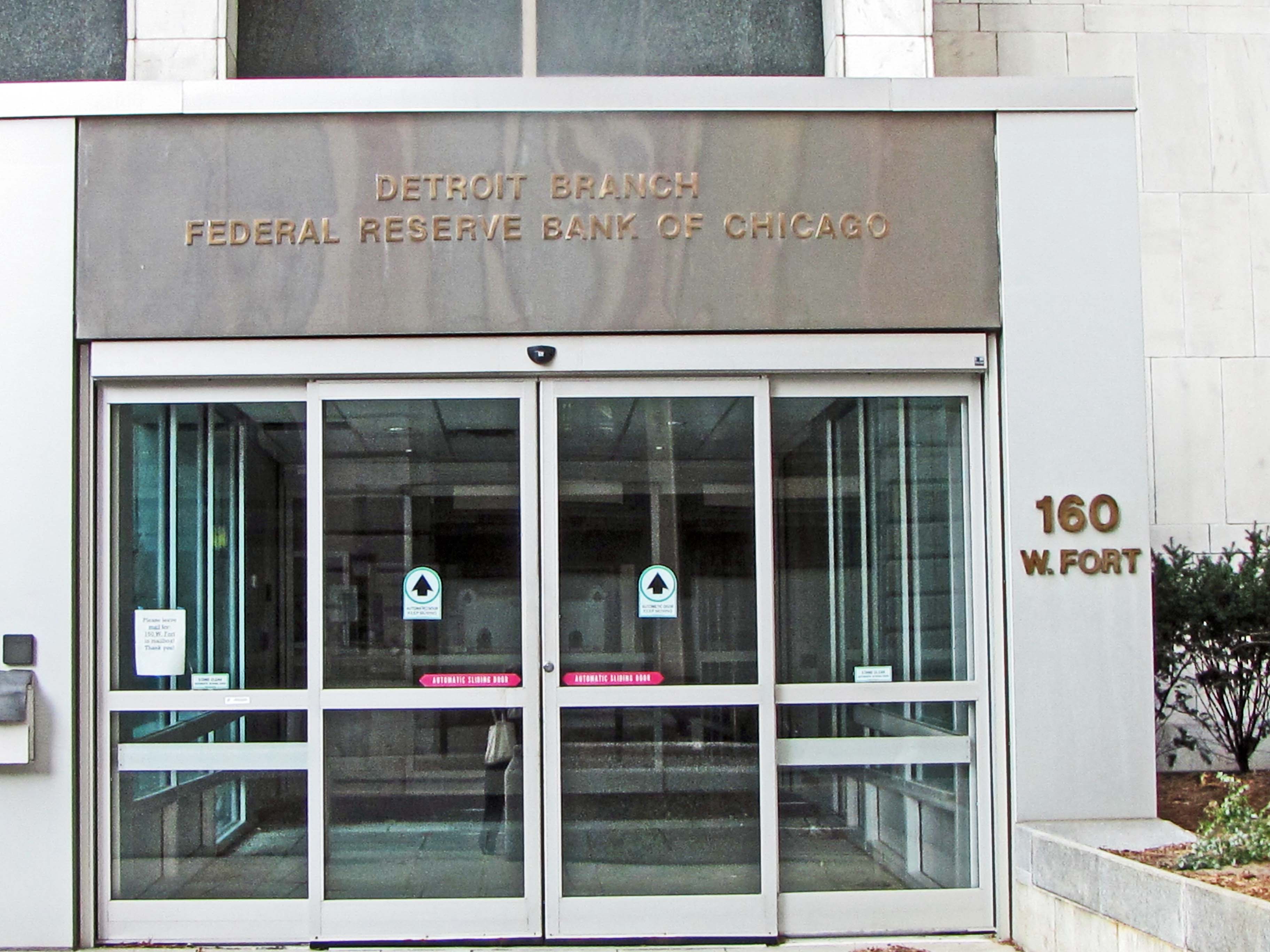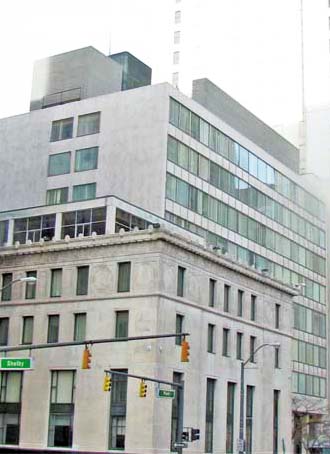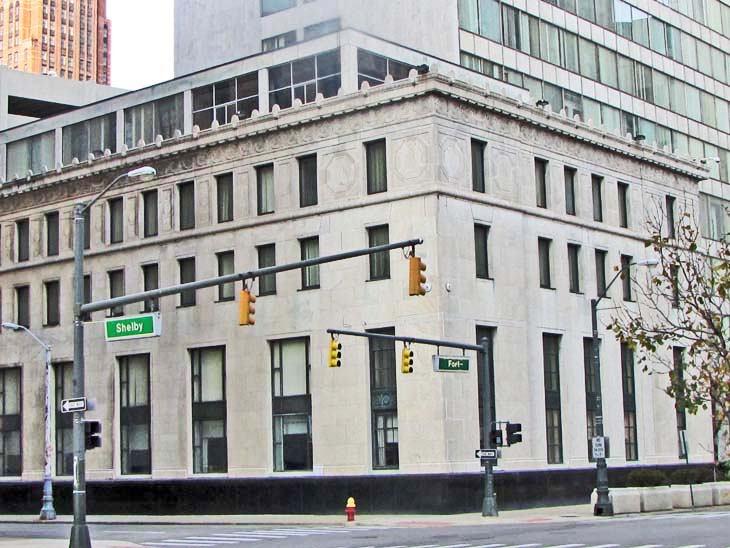The Federal Reserve Bank system was established in 1913 to bring orderly control to the nation’s banks, fiscal system and monetary policy. Of course, the idea of a government-run national bank was controversial since there is a long history of attempts, going back to the presidency of George Washington to establish such a bank as well as vibrant debates about what a government bank should or should not do. The development of the Federal Reserve was a major change—and most would say an improvement—for the nation’s monetary system. The Federal Reserve System superintends all national banks, controls the nation’s monetary policy and seeks to maintain the stability of the national fiscal system. Their most important group is the Federal Open Market Committee whose decisions influence the quantity of money and, indirectly or directly, rates of interest and inflation. The Federal Reserve System is a quasi-independent system. It is not directly run by the federal government and is free, at least in the

ory, from political influences. The Governors of the Federal Reserve System are appointed by the President and approved by the Senate but the System operates quite independently of Congressional or Presidential control.
There was also, of course, fears about the centralization of power in Washington where the Federal Reserve Bank was to have its headquarters in an extraordinarily impressive building designed by Paul Phillipe Cret, the architect who designed the equally impressive
Detroit Institute of Art building.
As a consequence of the fear of concentrating too much fiscal power in Washington, Congress established 12 branch Federal Reserve banks. Again there was controversy and political pressure about where these would be located. Having a branch Federal Reserve Bank in your city was a highly esteemed prize for governors, mayors and other civic boosters since it symbolized the importance of the city for the nation’s financial system. New York City and Chicago were obvious choices for Federal Reserve branch banks but other locations were “in play” with members of Congress using their influence as best they could. Ohio politicians had considerable power in Washington since then, as now, Ohio was a key state in every presidential election. That may explain why Cleveland was selected for a Federal Reserve branch bank. I have read that Michigan politicians lobbied as diligently as they could to get a branch bank in Detroit but they were, apparently, trumped by those from other places. The other winners in the competition to secure a branch Federal Reserve Bank were: Atlanta, Boston, Dallas, Kansas City, Minneapolis, Philadelphia, Richmond, Saint Louis and San Francisco. For almost three decades, Detroit was the nation’s largest city lacking a Federal Reserve Bank.
The Chicago Federal Reserve established a branch bank in Detroit until the mid-1920s. I presume that reflected the tremendous growth of financial activity and population inm

etropolitan Detroit thanks to the vehicle industry. The Chicago Federal Reserve Bank, in 1927, opened the branch in the building you see pictured on this page. It was designed by a Chicago architectural firm: Graham, Anderson, Probst and White. That firm was founded in 1912 by Daniel Burnham and his partner Ernest Graham. They had the honor of designing some of the most well- known building in the Midwest including the Field Museum, the Merchandise Mart, the Wrigley Building and Union Station in Chicago as well as the iconic Terminal Tower that still dominates the skyline in downtown Cleveland. They designed the Federal Research Bank building in Chicago in the early 1920s. After the won the commission for the Detroit bank, they took a conservative bank-like approach and designed the Classical Revival style structure we see on West Fort.
This branch bank needed more office space after World War II so they turned to innovative Detroit architect Minoru Yamasaki to design a new building that would adjoin their Classical Revival structure. His eight story very modern glass and marble building certainly contrasts with their original structure. Perhaps there is no place in Detroit where one organization has two such architecturally contrasting building right next to each other.
This bank, once again, needed more space as the Twentieth Century turned into the Twenty First. A new building was constructed at 1600 East Warren. Alas, I do not have a webpage on this site describing that building.
In 2013,
Dan Gilbert, chief officer of Quicken Loans added these two buildings to his extensive holdings of downtown Detroit office space. In February, 2014; the Detroit News and the Detroit Free Press announced that they would move their employees from their current location in the Detroit News Building to the buildings you see pictured on this page.


 ory, from political influences. The Governors of the Federal Reserve System are appointed by the President and approved by the Senate but the System operates quite independently of Congressional or Presidential control.
ory, from political influences. The Governors of the Federal Reserve System are appointed by the President and approved by the Senate but the System operates quite independently of Congressional or Presidential control. etropolitan Detroit thanks to the vehicle industry. The Chicago Federal Reserve Bank, in 1927, opened the branch in the building you see pictured on this page. It was designed by a Chicago architectural firm: Graham, Anderson, Probst and White. That firm was founded in 1912 by Daniel Burnham and his partner Ernest Graham. They had the honor of designing some of the most well- known building in the Midwest including the Field Museum, the Merchandise Mart, the Wrigley Building and Union Station in Chicago as well as the iconic Terminal Tower that still dominates the skyline in downtown Cleveland. They designed the Federal Research Bank building in Chicago in the early 1920s. After the won the commission for the Detroit bank, they took a conservative bank-like approach and designed the Classical Revival style structure we see on West Fort.
etropolitan Detroit thanks to the vehicle industry. The Chicago Federal Reserve Bank, in 1927, opened the branch in the building you see pictured on this page. It was designed by a Chicago architectural firm: Graham, Anderson, Probst and White. That firm was founded in 1912 by Daniel Burnham and his partner Ernest Graham. They had the honor of designing some of the most well- known building in the Midwest including the Field Museum, the Merchandise Mart, the Wrigley Building and Union Station in Chicago as well as the iconic Terminal Tower that still dominates the skyline in downtown Cleveland. They designed the Federal Research Bank building in Chicago in the early 1920s. After the won the commission for the Detroit bank, they took a conservative bank-like approach and designed the Classical Revival style structure we see on West Fort.